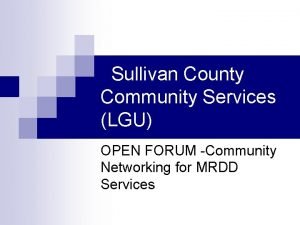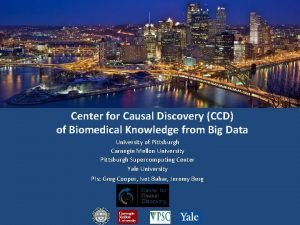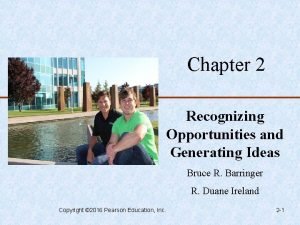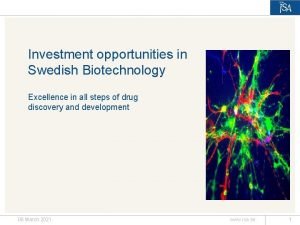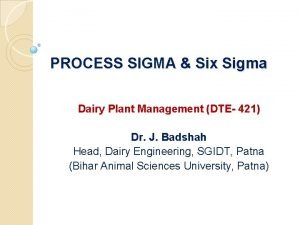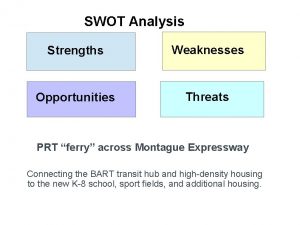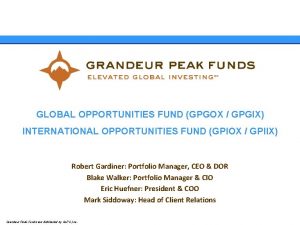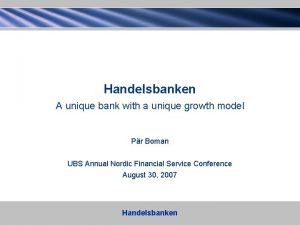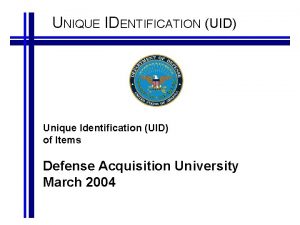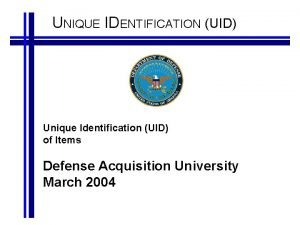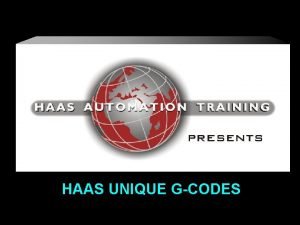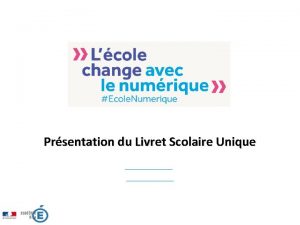DISCOVERY A Unique Center with Unique Opportunities DISCOVERY
























- Slides: 24

DISCOVERY A Unique Center with Unique Opportunities DISCOVERY unites strong groups in: Theory, Fundamental Particle Physics, Quark Gluon Plasma Physics Cosmic Microwave Radiation Physics, …which most places rarely work together. Direct and unique access to data from the most powerful experiments available today : – The Large Hadron Collider (LHC) at CERN exploring p+p and Pb+Pb collisions at unprecedented high energies (ATLAS and ALICE experiments) – The Planck satellite mission with unique resolution and sensitivity of the sky. 1


DISCOVERY CENTER OF EXCELLENCE IN PARTICLE PHYSICS, PHENOMENOLOGY & COSMOLOGY DC PLANCK Team 2010 -2020

Boomerang map WMAP


Discovery Synergy “at large” TT 1. Testing new models of inflation. TT 1 a. The Higgs boson driven inflation. Theoretical basis of these models was widely discussed in the paper “Observational consequences of the Standard Model Higgs inflation variants” L. A. Popa JCAP 10(2011)025. TT 2. Testing 3+1 and 3+2 neutrino mass models with cosmology and short baseline experiments TT 3. Single field inflation or curvaton scenario ?

Pre-cosmological science from PLANCK ( 2010 -2012) 1. Calibration and foregrounds

The epoch of precision astro-particle physics and cosmology 1. ”Full” control of systematic effects 2. Unprecedented accuracy in reconstruction of the foregrounds

1. Discovery and prediction of new kind of foreground. Extragalactic foreground Galactic foregrounds NBI Discovery center , 2012 Synchrotron Dust emission Solar system (Kuiper belt objects) PLANCK discoveries Spinning dust, Cold core objects Free-free Q V W

Can KBO foreground resolve the maximum number of problems of CMB anomalies? DC contribution to Working Group “Fundamental physics with PLANCK”

Pre-cosmological science from PLANCK ( 2010 -2012) 2. Astro-particle physics and the Dark Matter

The PLANCK HAZE Most likely we have detected the synchrotron emission from the center of the Milky Way

2. Planck data and templates Planck (Tauber et al. 2010; Planck Collaboration I 2011) is the third generation space mission to measure the anisotropy of the cosmic microwave background (CMB). It observes the sky in nine frequency bands covering 30– 857 GHz with high sensitivity and angular resolution from 31′ to 5′. The Low Frequency Instrument (LFI; Mandolesi et al. 2010; Bersanelli et al. 2010; Mennella et al. 2011) covers the 30, 44, and 70 GHz bands with amplifiers cooled to 20 K. The High Frequency Instrument (HFI; Lamarre et al. 2010; Planck HFI Core Team 2011 a) covers the 100, 143, 217, 353, 545, and 857 GHz bands with bolometers cooled to 0. 1 K. Polarisation is measured in all but the highest two bands (Leahy et al. 2010; Rosset et al. 2010)

Suggestions include 1. enhanced supernova rates (Biermann et al. 2010), a Galactic wind (Crocker & Aharonian 2011), 2. a jet generated by accretion onto the central black hole (Guo & Mathews 2011; Guo et al. 2011), 3. and co-annihilation of dark matter (DM) particles in the Galactic halo (Finkbeiner 2004 b; Hooper et al. 2007; Lin et al. 2010; Dobler et al. 2011). However, while each of these scenarios can reproduce some of the properties of the haze/bubbles well, none can completely match all of the observed characteristics.

2. Fingerprint of the synchrotron haze in polarization 3. Anomalies of the TT , TE, EE power spectra Hydrogen recombination

TT 2. Testing the properties of the DARK MATTER and long living particles in the Universe through ionization history of the cosmic plasma. (DC contribution to FPP ) TT 2 a. Annihilating Dark Matter and TT-power spectrum. WMAP

Cosmological science from PLANCK ( 2013 -2020) 2. Cosmology, theory of inflation, anomalies

Parity test of the CMB. (DC contribution to FPP). • Parity violation in Weak interactions • PT(r)=-T(r)-most Parity asymmetry of the CMB: represented ! P(r)=-r From microto macro scales Possible explanations: Local violation of Copernican principle Non-trivial topology of space and time Local foreground. Debris of the solar system formation? Effects of systematics and calibration New physics, New sources of emissivity from the space , Improvement of the data sets and creditability of the PLANCK mission.

Pearson’s random walk in the space of phases Even Odd Two components “gas” of even and odd phases. Separation !!

Synergy of Discovery Center CMB-ALICE-T

Early Universe vs. Collisions of Heavy Ions. Synergy of Discovery. CMB sky 3/5/2012 Heavy Ion Collision DISCOVERY presentation by xx 21

Spherical harmonics. Resonance to Vn V 2 m=1 L=4, m=0 m=2 (m=2)-(n=2) V 4 m=4 (m=4)-(n=4) m=3 22

Conclusion 1. List of hirings (post doc, ph. d. ): since 2010 the DC Planck team has 1 post doc (J. Kim (01. 08. 2010 -01. 07. 2012), 1 Ph. D student (M. Hansen, 01. 09. 2011 -01. 09. 2013)+ new hired Ph. D student A. M. Frejsel (01. 09. 2012 - ). In addition 1 Ph. D student has association with Discovery Planck team (S. Ramazanov ) and 1 post doc ( Hao Liu, 01. 09. 2012 - ) 2. Since 2010 we have attended in 34 conferences and schools 3. funds attracted : 6. 1 Mkr 4. Summary of papers and citations, talks given : 52 papers, 1609 citations(NASA ADS), 32 talks New proposal- second part of the meeting.

 A unique discovery
A unique discovery Sullivan county community services
Sullivan county community services Center for causal discovery
Center for causal discovery Ecuador business opportunities
Ecuador business opportunities Recognizing opportunities and generating ideas
Recognizing opportunities and generating ideas Healthy opportunities pilot
Healthy opportunities pilot Deviant behavior
Deviant behavior Leon bushara
Leon bushara Mullins seven domains model
Mullins seven domains model Opportunities and threats of a person
Opportunities and threats of a person Analyzing international opportunities
Analyzing international opportunities What is process sigma
What is process sigma Investment opportunities in italy
Investment opportunities in italy Analyzing international opportunities
Analyzing international opportunities Investment opportunities morocco
Investment opportunities morocco Business opportunities in luxembourg
Business opportunities in luxembourg Brasilglobalnet
Brasilglobalnet Broadband technology opportunities program
Broadband technology opportunities program Wilbur zelinsky's model of migration
Wilbur zelinsky's model of migration It strategic grid
It strategic grid Retail management planning process
Retail management planning process Intervening opportunities
Intervening opportunities Most new-product ideas come from chapter 14
Most new-product ideas come from chapter 14 Strengths opportunities threats weaknesses
Strengths opportunities threats weaknesses Dental hygienist advancement opportunities
Dental hygienist advancement opportunities

